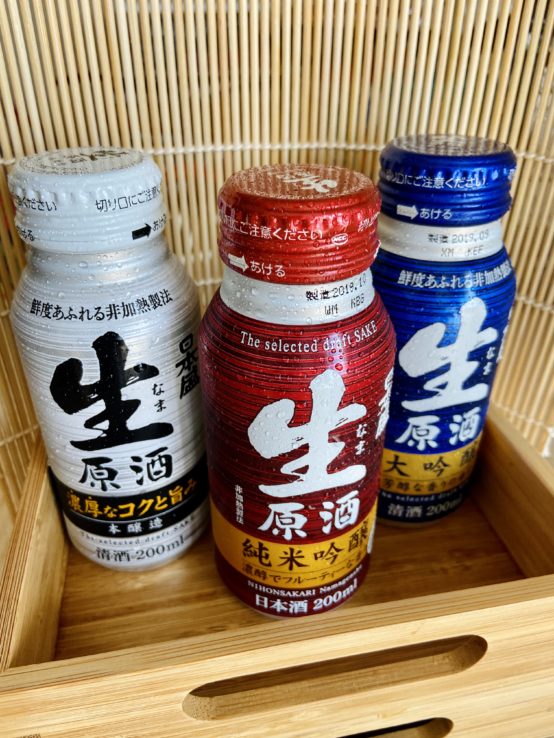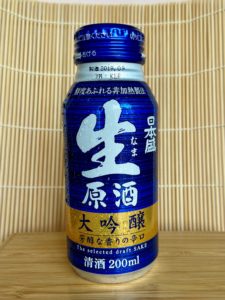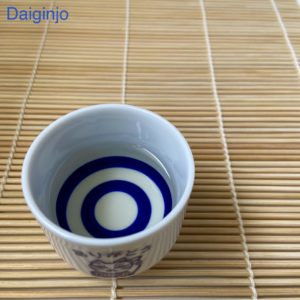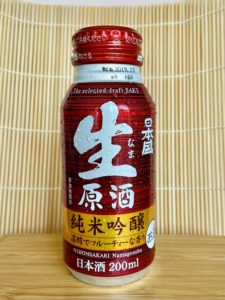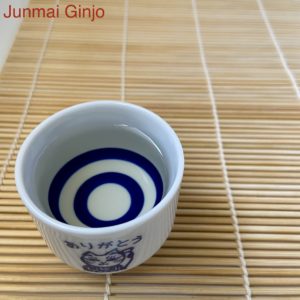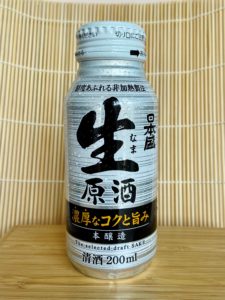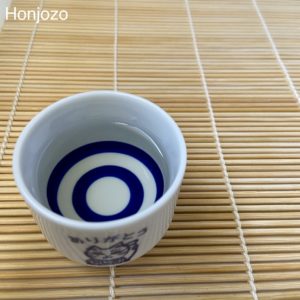Sake Splash: Nihonsakari Nama Genshu
It’s easy as 1, 2, 3!
Welcome back to Sake Splash with Eda!
Line ‘em up and shoot ‘em down! Today, we will be covering three types of sake overflowing with fragrance, depth, and flavor from the Nihonsakari Nama Genshu lineup. You might find yourself a favorite or two… or three. If you’re interested in tasting along with me, you can find these at most Japanese grocery stores, such as: Marukai, Nijiya, Mitsuwa, and Tokyo Central.
Brewed in the city of Nada, Hyogo prefecture, by Nihonsakari, this brewery aims to operate based on its slogan, “more delicious, more beautiful”. Why more beautiful you ask? The brewery also produces skincare products and makeup using sake in Japan. How cool is that? On the “more delicious” side, the Nihonsakari Nama Genshu sake have placed in the Texsom International Wine Awards, Los Angeles International Wine Competition, and more. If that doesn’t impress you, Nihonsakari was chosen as a purveyor of sake for the Japanese Imperial Household in 1913, so you can definitely count on quality from this brewery.
| Nihonsakari Nama Genshu | Texsom International Wine Awards | Los Angeles International Wine Competition | Other Competitions |
| Daiginjo | Silver 2017, 2016 Bronze 2019 | Silver 2017 | – |
| Junmai Ginjo | Gold 2018 Silver 2019 | Silver 2018 | Milano Sake Challenge: Silver 2019 International Sake Challenge: Silver 2018 |
| Honjozo | Silver 2017 Bronze 2019 | Gold 2017 | – |
Beauty and deliciousness also apply to the sleek 200ml bottle-type cans the sake comes in. These aluminum bottles are specially designed to seal in freshness and enhance user experience. These bottles use liquified gas to remove oxygen from the bottles and to create an airtight seal. This makes it possible to store these sake at room temperature (unopened, of course). So, don’t worry about your sake going bad during your camping trip or at your barbecue. The aluminum helps protect the sake from light and allows for easy chilling. The wide bottleneck acts as a funnel to help concentrate and release the fragrance. The bottle design also makes for easy drinking and pouring. These sake are light and compact making them easy to take from place to place. Terrific for anyplace, anytime.
These Nama Genshu style sake are packed to the brim with flavor and personality. Nama sake or namazake is an unpasteurized sake and is often translated as “raw” sake. Genshu is a term used to indicate that no water has been added to adjust flavor and alcohol content before bottling. These two production styles, nama and genshu, are combined to give you a raw and fresh sake experience. While I refer to these sake as a trio, they are sold separately so you can pick and choose whichever fits your fancy. There’s no need for commitment 😉
Alright, enough talk, let’s drink!

First up is the Daiginjo in a regal blue bottle with an ABV of 18%. This Daiginjo is scented with lush notes of green apples, peeled tangerines, fresh blackberries, and green leaves. This sake is crisp, light, and flavorful with a silky mouthfeel. Nice and refreshing! I could see this Daiginjo pairing well with pineapple fried rice or bulgogi.

Next up is the Junmai Ginjo in the ruby red bottle with an ABV of 16-17%. The nose on this Junmai Ginjo is full of fresh green grape, yellow and green plum, and kiwi. There is also a slight scent of soft wet woods. This Junmai Ginjo has a round, creamy texture and is initially slightly sweet on the palate, with the flavor being a little fruitier than the Daiginjo. The Junmai Ginjo has a semi-dry finish to lift you up but is milder in its dry expression compared to the Daiginjo. This would be enjoyable with slightly sweet-savory dishes such as unagi or Korean black bean noodles.

Last but not least, we have the Honjozo in a cool white bottle with an ABV of 19%. The fragrance of this Honjozo is heavier with ripe fruits such as banana and pear with a touch of soft, fresh white mushroom. The flavor of this Honjozo is fresh and semi-dry but there is a deeper richness and umami present than the previous two sake. This would pair well with fried chicken and dim sum dishes.
These sake would stand up well against rich foods or fried foods, but they would be appetizing with a variety of foods and are great for your everyday occasions. I highly recommend having these at your barbecue!
This trio of sake are definitely sisters. They are similar in a sense but have their own distinct characteristics that set them apart. The Daiginjo is like a refined, reserved older sister, the Junmai Ginjo is the fresh, fun middle sister, and the Honjozo a precocious, old-soul younger sister.
My favorite thing about unpasteurized sake is the subtle effervescent tingle that dances on the tongue. It’s a unique feeling and I highly recommend giving these Nihonsakari Nama Genshu bottles a try if you haven’t already.
Please drink responsibly and we’ll see you next time on Sake Splash!



